Egyptian Dukkah Recipe (Duqqa)
I am pleased to introduce you to this delightful recipe for Egyptian dukkah. This traditional condiment is an irresistible blend of warming spices, toasted nuts, and seeds that you’ll want to put on everything. Luckily, it only takes a handful of simple ingredients and ten minutes to whip up a batch!
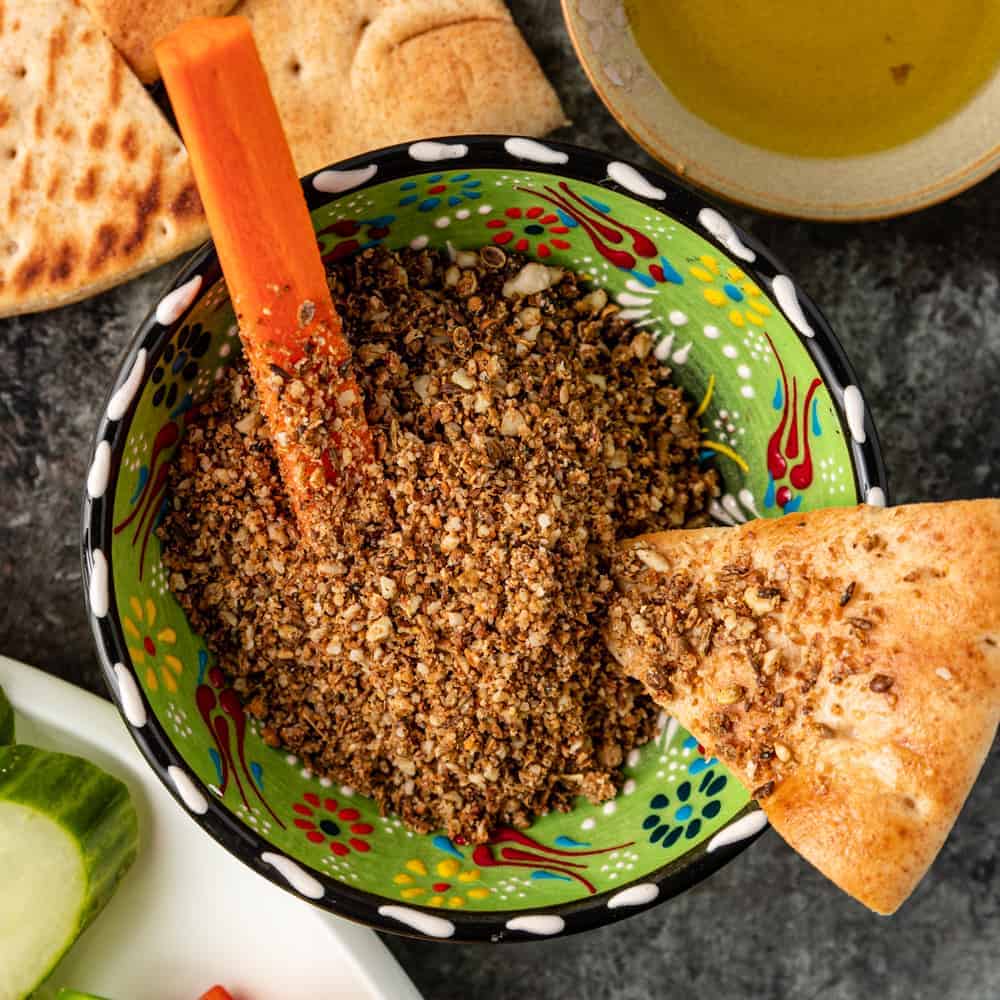
Spices have the ability to delight the senses and transport the imagination to distant lands. Every culture along the Silk Road has its own beloved signature spices that color each culinary landscape with shades of richness and complexity. Today’s recipe for dukkah is a traditional Middle Eastern spice blend and condiment with origins in Egypt. The bright, warming flavors of coriander, cumin, and fennel seeds are combined with toasted almonds, pine nuts, sesame seeds and peppercorns to make a nutty, earthy, and scrumptious mix.
This dukkah recipe is versatile in utility and is delectable on just about everything. Bread, veggies, pork chops or rice — a sprinkle of dukkah makes it twice as nice! It’s also really easy to substitute ingredients or customize this recipe to fit dietary needs. If you only have peanuts in the cabinet, go ahead and use them instead of almonds. And similarly, if there is a family member with a nut allergy, you can omit the nuts altogether and add in more seeds like pumpkin or sunflower. Sesame seeds are foundational to the recipe, so I don’t recommend omitting those.
If you are looking for spice blends without sesame seeds, I recommend checking out some blends like my Chana Masala Powder – Indian Spice Blend, Curry Powder Recipe, or Moroccan Spice Blend.

INGREDIENT NOTES AND SUBSTITUTIONS
- Almonds – I chose almonds for their earthy sweetness but just about any nut will work. Feel free to try pecans, pistachios, walnuts, cashews or peanuts.
- Pine Nuts – Mild, sweet, and perfectly crunchy when toasted.
- Sesame Seeds – Form the heart of the spice blend with sweet, nutty, and earthy tones.
- Coriander Seeds – Add citrus, floral, curry-like flavors.
- Cumin Seeds – Deliver smokey, warming, slightly peppery elements.
- Black Peppercorns – Uniquely sharp, piney, and peppery. Kicks up the heat a bit without being overpowering.
- Fennel Seeds – Add an intoxicating, licorice-like sweetness.
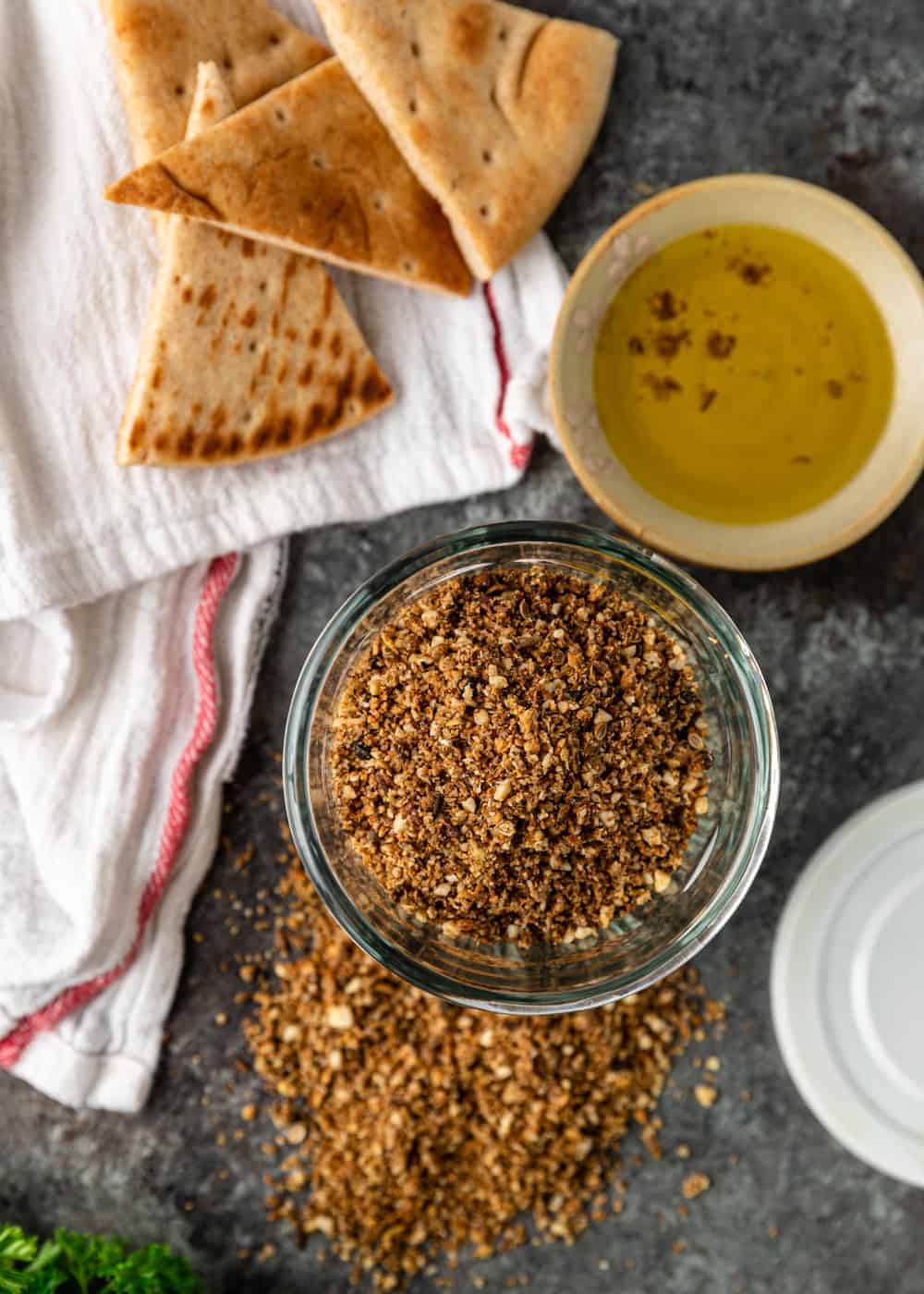
HOW TO MAKE EGYPTIAN DUKKAH
- Toast the Nuts. Working in multiple batches, toast the nuts in a dry skillet until they reach a golden color, then set aside.
- Toast the Seeds. Combine the seeds and the peppercorns in the same skillet. Toast until they are a light golden brown and beginning to pop.
- Cool and Pulse. Once the nuts, seeds, and peppercorns have had enough time to cool, transfer them and the rest of the ingredients to a food processor. Pulse until well blended and meal-like in consistency. You want to make sure it’s dry and crumbly, so work in separate batches if needed.
- Serve and Enjoy. Serve up dukkah beside some olive oil and fresh vegetables for dipping. Enjoy!
Recipe notes
- Storage – Keep in a sealed jar in the pantry for 3 months. It won’t go bad after that, but the flavor and quality will diminish over time.
- Freezing – Storing this spice blend in the freezer, or even the refrigerator, will help preserve the flavors longer. Keep in an airtight container to prevent ice crystals.
- Health benefits – The combination of nuts and seeds provides a great source of vitamins, minerals, and antioxidants. Almonds and hazelnuts also contain oleic acid, which is an essential fatty acid.
- Grind by hand – If you’d prefer to make this the traditional way, use a mortar and pestle instead of a food processor.
- Nut-free – You can easily make this dukkah recipe allergen-friendly by using only seeds and spices. Just replace the nuts with some heartier seeds in equal amounts.
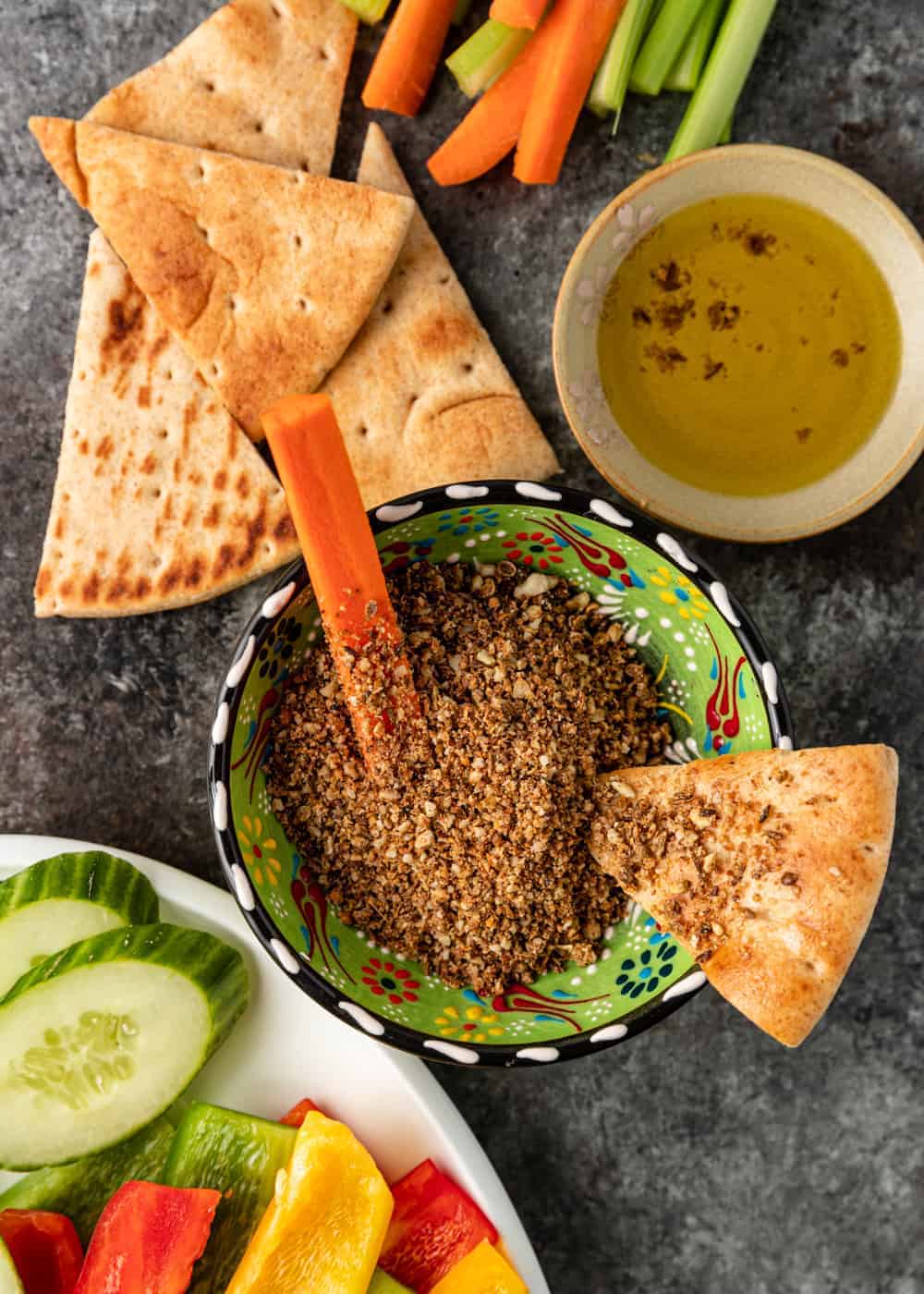
How Do You Use Egyptian Dukkah?
You are going to love how versatile this earthy spice blend is. Traditionally, it is often served with olive oil, bread, and raw vegetables, but you don’t have to stop there. It makes almost everything more delicious! For just a few ideas to get you started, try this dukkah recipe:
- As a topping for soups and salads
- With White Bean Hummus, Charred Eggplant Dip, or any of your favorite dips
- Kneaded into dough for a nutty homemade loaf
- As a crust on the outside of meat, seafood, or tofu
- Sprinkled on top of eggs, avocado toast, or a bagel with cream cheese
- Mixed into your next batch of pesto
Should Dukkah Be Refrigerated?
If stored securely in an airtight jar, your blend can stay at room temperature in the pantry for about 3 months. After this time, it will still be edible but will start declining in potency and quality. While refrigeration isn’t necessary, it definitely helps keep the dukkah fresher for longer.
If you have too much to use in a few months, you can also freeze any leftovers. Just be certain that the container you use is fully airtight to avoid ice crystals getting into your mix.
What is the Difference Between Zaatar and Dukkah?
Zaatar and dukkah are two very popular spice blends that are widely used throughout the Middle East. Both contain toasted sesame seeds and a variety of deeply flavorful and warming spices. The primary difference is that dukkah also contains toasted nuts. They are used for very similar purposes.
Subscribe to my Newsletter, follow me on Facebook, Pinterest, Instagram and YouTube for all my latest recipes and videos.
This recipe post, originally published on Silk Road Recipes October, 2020, was updated with new content, photos and/or video in January, 2023.
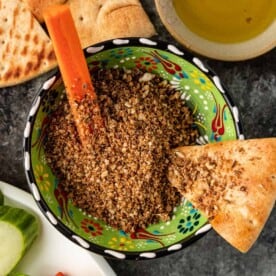
Egyptian Dukkah
Ingredients
- 1/2 cup almonds
- 1/2 cup pine nuts
- 1/2 cup sesame seeds
- 1/2 cup coriander seeds (See Note 1)
- 1/4 cup cumin seeds
- 2 tsp black peppercorns
- 2 tsp fennel seeds
Instructions
- Working in separate batches, first toast the nuts until golden and set aside.
- Next, toast the seeds and peppercorns in the same pan until some start to pop and get golden brown.
- Allow toasted nuts, seeds and peppercorns to cool completely then place all in a food processor and pulse until meal like in consistency. Make sure it is dry and crumbly. Work in batches if over crowded.
- Serve with olive oil and sliced vegetables for dipping (See Note 1).
- Store in an airtight jar.
Video
Notes
- The coriander seeds can be roasted and ground separate then passed through a fine mesh to remove the husk (optional preference).
- It is fantastic used as an all purpose seasoning over eggs, steamed vegetables, chicken and fish, and doughs before baking, too.
Nutrition
The information shown is an estimate provided by an online nutrition calculator. It should not be considered a substitute for a professional nutritionist’s advice.
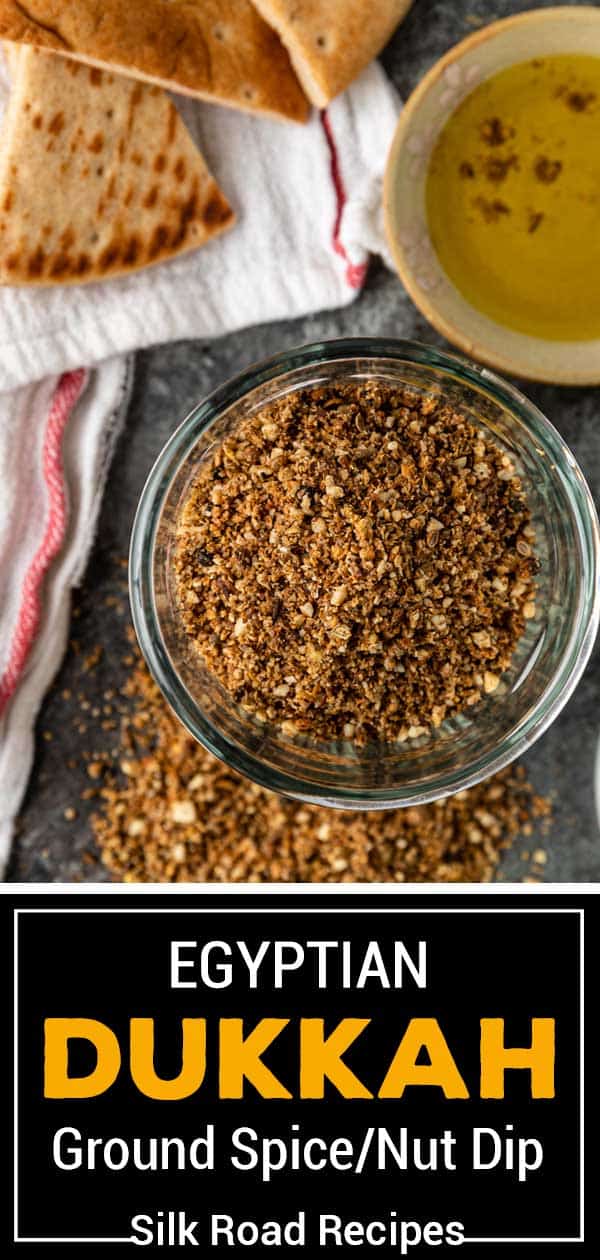
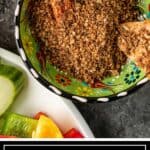
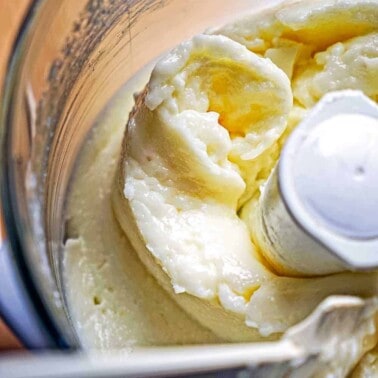
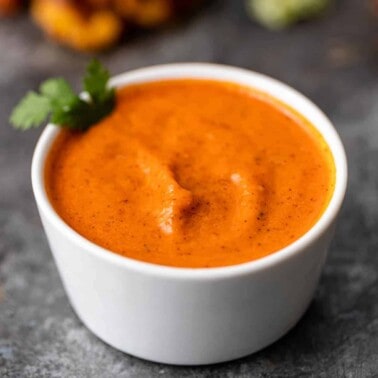
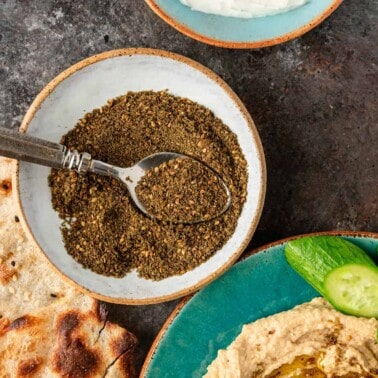
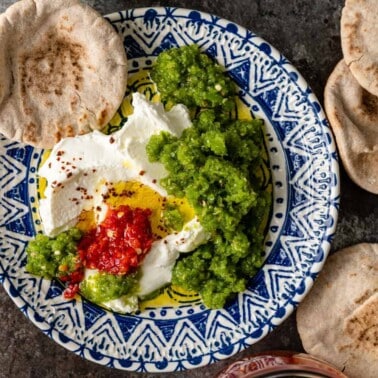








The coriander seeds should be roasted and ground seperatele and passed throufg a fine mesh as the husk is disagreable in the teath. Also each family has a different recipe
Thanks for the tip Moro. I have not had that experience as they all get processed, but I added that information as an option in the recipe card Notes.
We LOVE having this spice on hand when we wanna change things up a bit! We really love it on chicken honestly. Thanks for another great recipe Kevin!
I am glad you enjoy it! Thank you for sharing!
This is so good! Me and my daughter used it to dip some veggies in! Thank you for that suggestion because we surely enjoyed it!
What a fun time for you and her! I am glad I can help with that snack!
I use this at least once a week now! Love it sprinkled on my eggs, I rub it on my chicken tender and bake, sprinkle over salads and roasted veggies, too. The best is on grilled fish! Thank you Kevin, keep up the amazing recipes and I love your new site.
Thank you so much Rhonda. Lots more coming so keep reading and trying these. You’re the best.